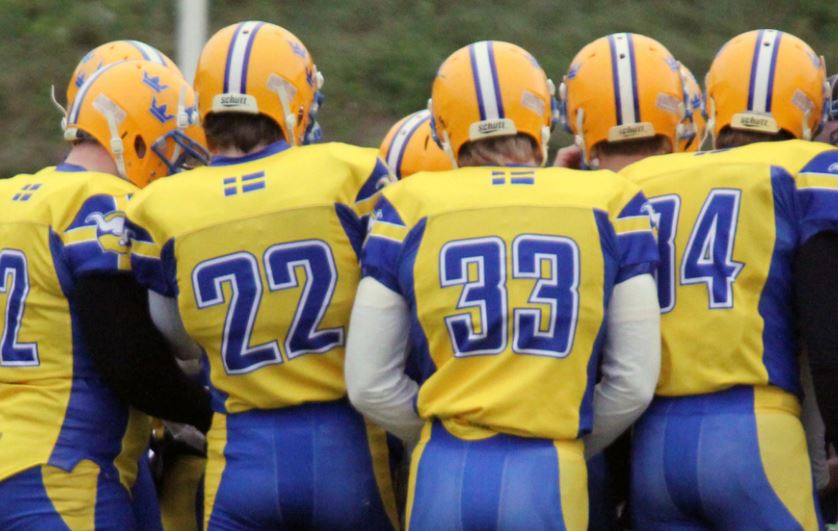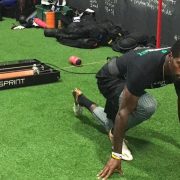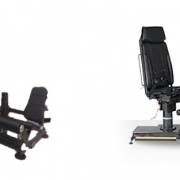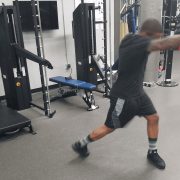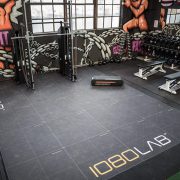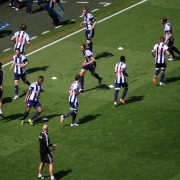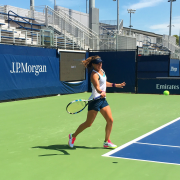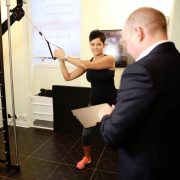As the National Football League looks to expand their schedule and fan base in Europe, the RIG Academy in Uppsala, Sweden, is developing players who hope to one day play American football for their national team and, potentially, in the NFL. RIG is in its third year as a sports academy for 16-19 year old football players, who study their sport as part of their high school curriculum.
Robert Johansson is one of two head coaches at RIG. Johansson has been a major figure in Sweden’s American football scene for the last decade, after returning from a stint on the coaching staff at Emporia State University in Kansas. Johansson was coaching at the club level when RIG recruited him to build the first academy for American football.
RIG Academy has 30 student-athletes, many of whom come to American football after not progressing past the U15 ranks in other sports. Training and studying at RIG gives them the opportunity to pursue an academy education in a sport that still has fewer than 10,000 youth players nationwide.
“100% of RIG students want to go to college and play football in the US at the college level. They all want to go to the NFL, but they understand it’s not that easy,” Johansson said.
“Clubs in Sweden do not work towards sending a player to the NCAA or the NFL. They focus on shorter-term goals like winning the next game or the next national championship. RIG can work over the long-term to make our athletes college-ready. If they are good enough to play in college, they will be good enough to play in the European or World Championship. And once they are playing collegiate football they will be in position to take their shot at the NFL.”
American football in Sweden faces many of the same challenges that coaches and entrepreneurs in niche sports worldwide must handle. Those athletes who continue on with football after graduating from RIG enter the life of a semi-professional club athlete, something familiar to other sports worldwide but not American football in the US. Fewer than 10 athletes in Sweden are full-time professional football players. The rest work day jobs, train three days a week and self-fund their travel, equipment and other sport-related expenditures.
This adds to the importance and value of what RIG Academy provides to its athletes.
“We can get closer to athletes because we see them every day and can work individually with them. Since workouts and practice are a class they can do them at ideal hours. They can pick and choose what kind of tools they want to work with and optimize everything we do. RIG is the opportunity to do it the right way at a golden age.”
Johansson and his staff often need to figure out “the right way” from scratch, with plenty of trial and error. The relative newness of American football in Sweden means that Johansson and his colleagues have little institutional history and structure upon which to build. The upside, though, is that Johansson does not face any inertia around “the way we’ve always done it.”
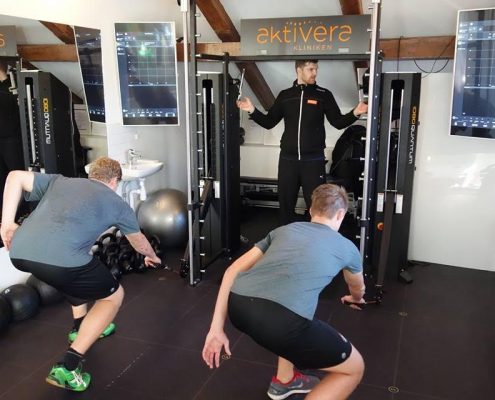
Power testing at the Aktivera Clinic in Uppsala
“Coaches in the US have been around for 50 years. In Sweden the coaches have been around for 5-10 years. They haven’t seen that much. And at the semi-pro level, people are working so there’s a disconnect between what you can do and what you want to do.”
“We try to optimize everything we do. Rather than do something twice, if we can do things one time and do it right, we will.”
This drives Johansson to experiment with and integrate new technologies, tactics and training methods. RIG Academy uses the 1080 Sprint, Quantum and Map along with the MyJump app and Coach’s Eye to train and also to teach their student-athletes.
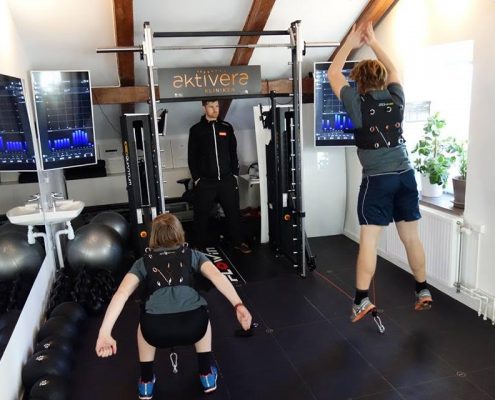
Loaded vertical jumps with 1080 Quantum
“Students love the training. We’re trying to teach them to be open-minded, and then we do what we do to make them as good as we can. When we bring in something like 1080 Sprint or Quantum they are all for it because they know that what we are doing is to make them better.
“After a little bit they start talking Watts and power production instead of time. The language changes. The things they talk about changes because of the equipment. They understand power, force or velocity on sprints and they compare that to average velocity times over 20 yards.”
Winning medals at European and World Championships is the ultimate measure of success for RIG Academy. RIG is about to graduate their first class of student-athletes. They will be strong candidates to represent Sweden at the 2018 European Championship of American Football, where they will try to win for the first time since 2005.
